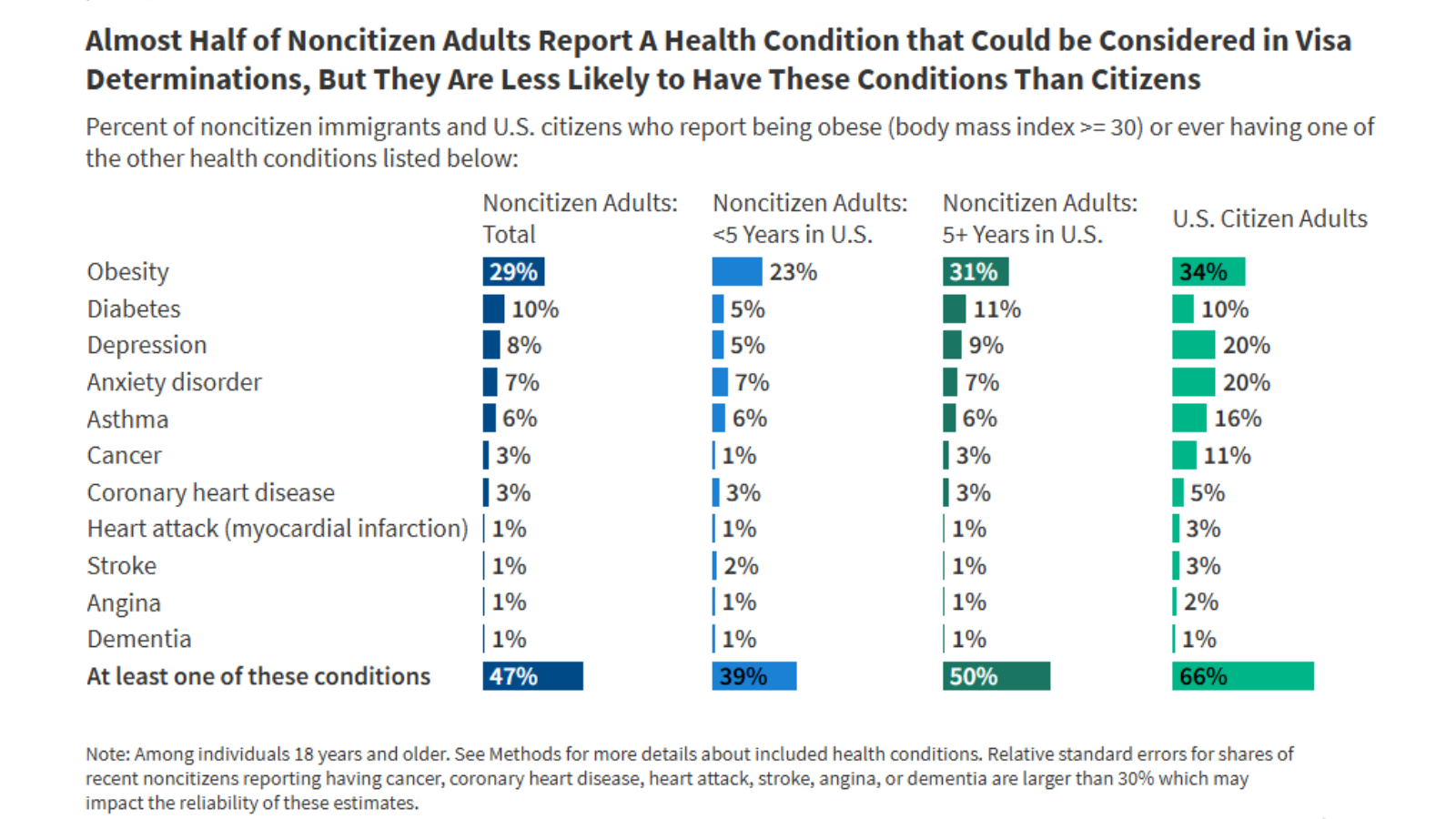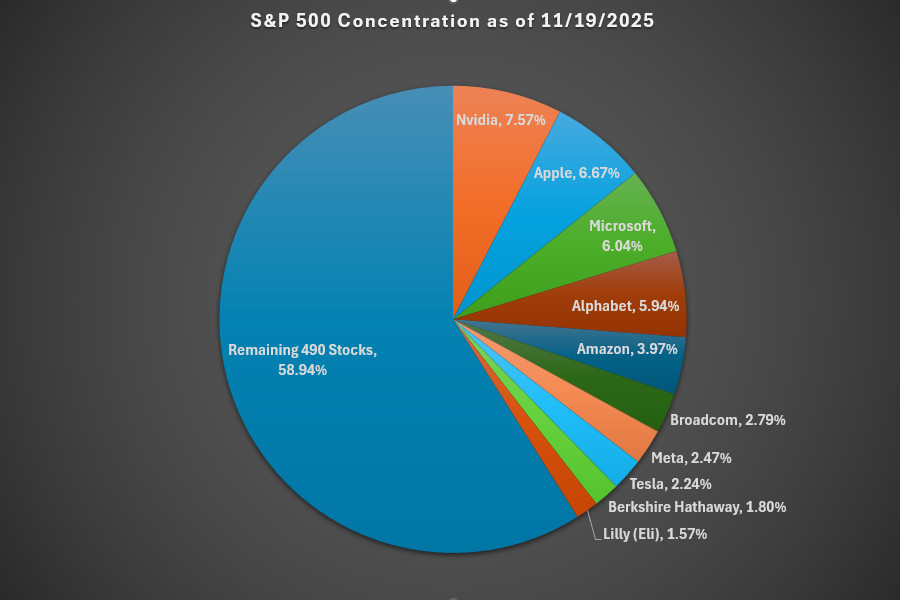Family premiums in employer-sponsored coverage grew by 7% in 2024, averaging $25,572, according to a new report from KFF.
This makes 2024 the second straight year in which premiums increased by 7%, according to the analysis.
Premium increases over the past five years have been on par with inflation and wage growth. The cumulative premium increase is 24%, compared to a 23% increase in overall inflation and 28% growth in wages.
Employees contributed an average of $6,296 to their family plans. While premiums continue to grow, worker contributions have been more stable, increasing by less than $300 since 2019, or about 5%. This finding tracks with other studies that suggest employers are hesitant to address rising costs by further shifting them on to employees.
“Employers are shelling out the equivalent of buying an economy car for every worker every year to pay for family coverage,” KFF President and CEO Drew Altman said in a press release. “In the tight labor market in recent years, they have not been able to continue offloading costs onto workers who are already struggling with health care bills.”
For single coverage, meanwhile, annual premiums averaged $8,951 in 2024, according to the KFF survey, an increase of 6% from 2023.
The survey also found that premiums are fairly similar among large and small employers. Small firms paid an average of $9,131 for single coverage compared to $8,884 for larger companies. Smaller firms paid an average of $25,167 for family coverage while larger employers paid $25,719.
Workers at smaller companies tend to have higher deductibles, according to the report, when compared to larger employers. The average deductible in 2024 was $1,787, which is close to 2023’s average of $1,735 and up by 8% since 2019.
People working at employers with 200 or fewer workers had an average deductible of $2,575 compared to $1,538 on average at larger companies. About a third (32%) of people working for these small firms had a deductible of $3,000 or more.
Beyond general trends around premiums and costs, the survey dives into specific benefits and how employers are thinking about coverage for them. For example, among large employers with at least 5,000 employees, most (64%) say they don’t cover GLP-1 drugs for weight loss.
By comparison, just 18% of small firms said they cover GLP-1s for weight loss.
Just over half (53%) of large employers have requirements associated with GLP-1s when they do cover them. A third of large firms said they believe GLP-1s will have a “significant impact” on their spending for prescription drugs.
“Employers face the challenge of integrating these potentially important treatments into their already costly benefit plans,” KFF Vice President and study author Gary Claxton said in the press release.
The survey also found that only 27% of employers with 200 or more employees cover in vitro fertilization. While 37% said they have coverage for fertility medications, just 12% said they cover sperm or egg freezing.
About a quarter of the employers who have mental health or substance abuse benefits said their provider networks are either “somewhat” or “very” narrow, while just 10% would similarly categorize their broader networks.
Publisher: Source link









